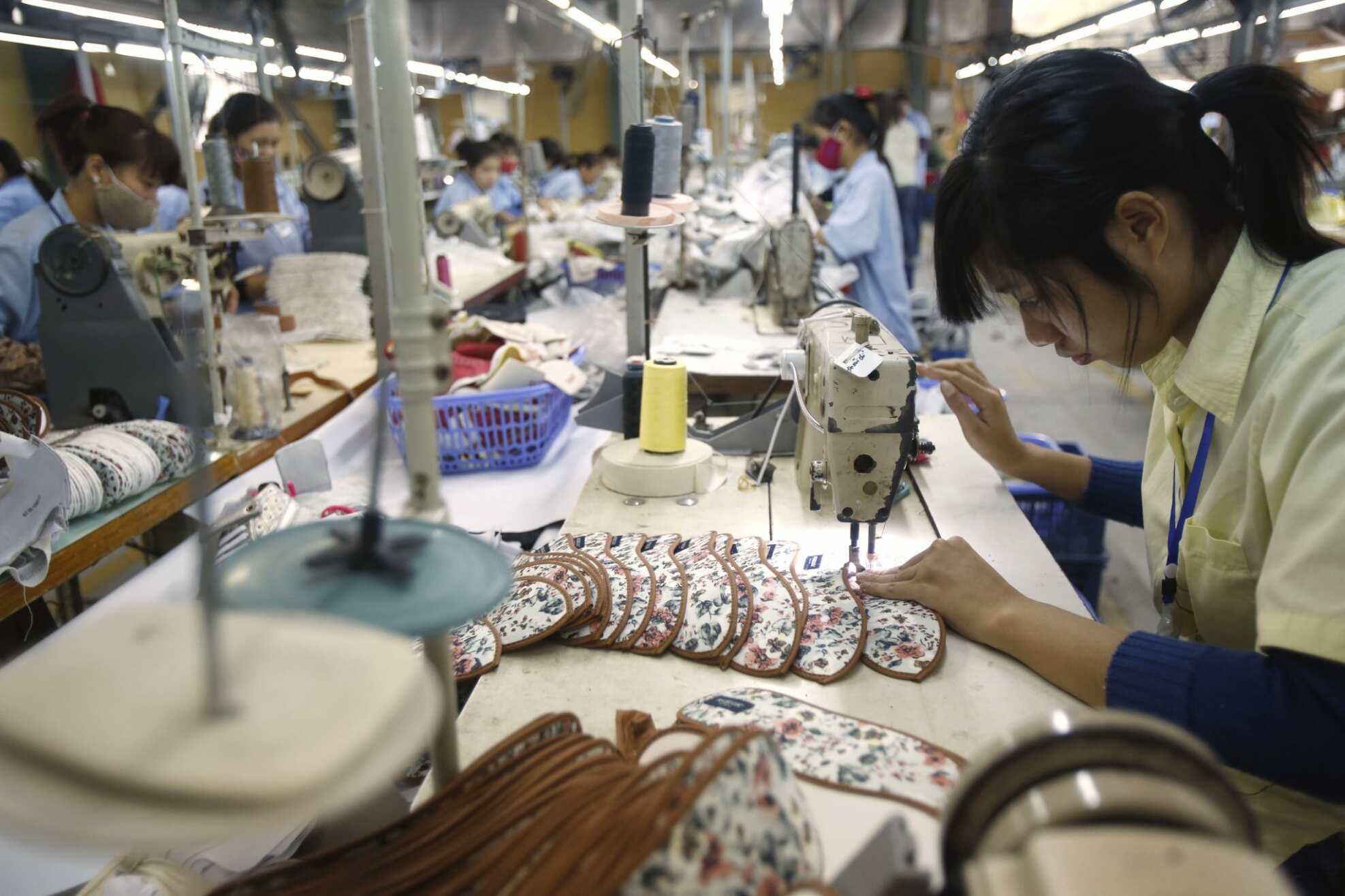Labor productivity and skills of Vietnamese workers
Tran Cong Nhan, October 14, 2022.
At the Conference “Development of a flexible, modern, sustainable and integrated labor market” on August 20, 2022, a representative of the World Bank said that Vietnam ranked 116 out of 141 countries in terms of human resources after training, and Vietnam is still among the three lowest countries in the ASEAN region.
According to a report by the International Labor Organization (ILO), the GDP per hour worked in 2021 of Vietnamese workers has improved compared to 2017, reaching 7.3 USD, ranking two places above Laos when the country reached 7.1. USD and Cambodia reached 3.6 USD. According to Mr. Pham Tan Cong, Chairman of the Vietnam Confederation of Trade and Industry (VCCI), said at the Conference on August 20, 2022, the proportion of skilled workers in Vietnam accounted for only 11%, while low and unable to meet demand, as well as facing many limitations when companies put new technology into production. The average monthly salary of Vietnamese workers is about 300 USD, equivalent to 7 million VND, much lower than workers in the region currently at 1,992 USD.
As explained by JICA, the salary of Vietnamese workers has not improved because workers are mainly concentrated in industries with low added value. For industries requiring high qualifications, Chinese and Thai workers still dominate over Vietnamese workers. Specifically, in the five industries that Japanese enterprises choose to invest the most in Asian countries, Vietnam only dominates in retail and mass production. According to JICA, in areas such as research, manufacturing, production of high-value products and logistics (transportation), VN government does not focus on creating skills and high quality of Vietnamese workers. Research, manufacturing, manufacturing high-value products and logistics are the areas that bring added value and improve incomes for workers. Statistics show that 41% of Japanese companies invest in Vietnam because of “low labor costs, young and abundant labor market”, not because of the skills and quality of Vietnamese workers.
Less than 20% of Japanese businesses appreciate Vietnamese human resources working inside Vietnam or working abroad in Japan. To increase the competitiveness of human resources and raise wages, JICA proposes individual solutions for each locality. For example:
– In Saigon, JICA proposed to promote the internationalization of higher education programs, focusing on sectors such as health-care workers and nursing.
– In Hai Phong, JICA advises to focus human resources on mechanical engineering and supporting industries.
– In Da Nang, it is advisable to build high-quality human resources for the orientation of smart city development, green energy, and renewable energy.
– In Can Tho, it is necessary to strengthen high-quality human resources for green development and response to climate change in the fields of agriculture and fisheries.
Chairman of the Vietnam Federation of Trade and Industry – Mr. Pham Tan Cong gave a number: When businesses need to replace or expand, the group of workers that businesses can easily recruit is the public, unskilled workers (62%), followed by accountants (42%), technical staff (25%), and managers and supervisors (20%). The most difficult group of workers to hire are executives (15%).
Therefore, Mr. Nguyen Duc Thanh, former director of the Vietnam Institute for Economic and Policy Research (VEPR) from 2008 to 2020, answered the domestic press that Vietnam has failed to improve worker productivity in the past 10 years and is still ranked 3rd from the bottom in ASEAN.
The people of Vietnam are not weak people and have the capacity for great creativity, but why is it still behind the world, including governmental management issues? The reason for the not-so-optimistic situation above is the inadequate response of the labor force for the FDI.
Share this article
Follow us
0 Comments



